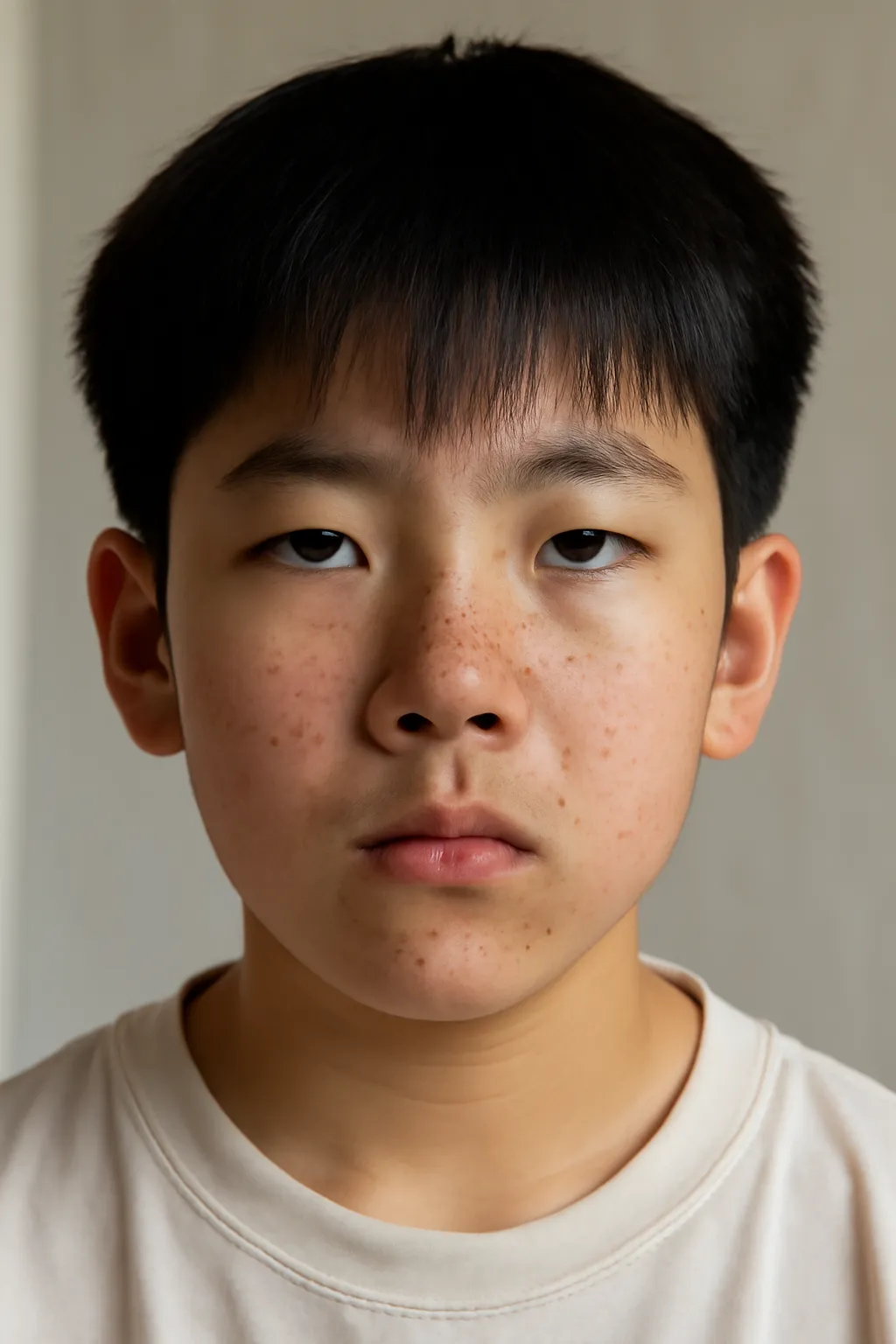Blackheads are a common concern for many children and adolescents, especially those in elementary school. The development of these small dark spots on the skin can cause distress, especially when they appear on the face. Understanding how to treat and prevent blackheads is essential for maintaining healthy skin, particularly during the crucial years of growth and development in elementary school students.
What Are Elementary School Blackheads?
Blackheads are a type of acne that forms when pores become clogged with excess oil, dead skin cells, and bacteria. The dark color of blackheads comes from the oxidation of the debris trapped in the pore. They are often seen on the nose, forehead, and chin—areas of the face that produce the most oil. In elementary school students, blackheads often emerge during the early stages of puberty when the body’s oil production increases.
This can be particularly concerning for children as they are more susceptible to acne-related skin conditions during this time. Blackheads may not cause significant pain, but they can lead to embarrassment and a lack of self-confidence, especially in social settings. As a parent or guardian, it’s important to understand both the causes and treatments of blackheads in young children.
How to Get Rid of Elementary School Blackheads
If your child is experiencing blackheads, there are several gentle, effective ways to help reduce their appearance and prevent new ones from forming. It’s essential to choose methods that are safe for younger skin, as harsh chemicals and products can irritate delicate skin and cause more harm than good.
1. Establish a Gentle Skincare Routine
A gentle skincare routine should be the foundation for treating blackheads in elementary school students. Use a mild cleanser designed for children or sensitive skin. Look for products that are non-comedogenic, meaning they won’t clog pores. Encourage your child to wash their face twice daily—once in the morning and once before bed—to remove excess oils and dirt that contribute to blackhead formation.
2. Introduce Salicylic Acid
Salicylic acid is a common ingredient in acne treatments and works by breaking down the material that clogs pores. While it is widely available in over-the-counter acne products, it is crucial to start with a low concentration and test it on a small patch of skin first. If there’s no irritation, your child can begin using it regularly. Salicylic acid can help dissolve the buildup inside pores, reducing the likelihood of blackheads.
3. Use Clay Masks for Deep Cleansing
A gentle clay mask can help draw out impurities and absorb excess oil from the skin. Clay masks are ideal for controlling oil in the T-zone (nose, forehead, and chin), areas where blackheads tend to appear most frequently. However, it’s important to ensure that the mask is formulated for children or sensitive skin and to limit its use to once or twice a week to avoid drying out the skin.
4. Encourage Healthy Habits
Encouraging healthy habits can be just as important as topical treatments. Make sure your child stays hydrated, eats a balanced diet, and avoids touching their face frequently. Touching the face can transfer bacteria from the hands to the skin, potentially causing blackheads and other acne forms. Also, discourage your child from picking at their blackheads, as this can cause scarring or lead to infection.
5. Professional Dermatological Treatments
If your child’s blackheads persist or worsen, it may be time to consult a dermatologist. A dermatologist can assess the severity of the blackheads and may recommend treatments such as extractions or topical prescription medications that are safe for children. In some cases, more advanced treatments, such as chemical peels, may be considered for stubborn acne.
👉 Get More Tips on Skin Care for Kids 👈
Middle School Student Blackhead Removal
As children grow older and enter middle school, their skin undergoes even more changes. The increase in hormonal fluctuations can make it harder to control blackheads and other types of acne. Middle school students, especially those between the ages of 12 and 14, are more likely to experience an increase in oil production, which can lead to clogged pores and blackheads.
It is common for students at this stage to try various skin care products. However, it’s essential to educate them on using the right products, especially since some products marketed for teens might be too harsh for younger skin. Middle school students can benefit from a more personalized skincare routine that accounts for their individual skin type and concerns.
1. Use Oil-Free Moisturizers
Middle schoolers experiencing blackheads should incorporate an oil-free moisturizer into their skincare routine. Moisturizers help maintain skin hydration without exacerbating oiliness. Opt for products that are lightweight and non-comedogenic.
2. Exfoliate Carefully
Exfoliating once or twice a week can help remove dead skin cells that clog pores and contribute to blackhead formation. However, it’s important to avoid harsh scrubs that can irritate the skin. Choose gentle exfoliators with mild exfoliating agents, such as salicylic acid or glycolic acid, to avoid causing microtears in the skin.
3. Maintain Regular Dermatology Visits
If the blackhead issue persists or worsens during middle school, it’s wise to schedule regular visits with a dermatologist. A professional can offer expert advice and provide treatments tailored to the child’s specific needs, ensuring the health of their skin is prioritized as they go through puberty.
👉 Learn More About Skin Treatments for Teens 👈
Dermatology for Elementary School Students
When it comes to dermatology for elementary school students, it’s crucial to take a gentle approach. Skin at this age is more sensitive and reactive to various treatments, so any skincare regimen should focus on preventing further irritation. Dermatologists who specialize in pediatric dermatology can provide comprehensive care, taking into account the delicate skin of children and offering personalized advice for parents.
1. Consult Pediatric Dermatologists
Pediatric dermatologists are experts in treating the skin of children and adolescents. They can evaluate the child’s skin condition, provide guidance on appropriate treatments, and help create a skincare plan that will effectively address blackheads without causing irritation or other side effects.
2. Emphasize Gentle Skincare Products
Many skincare products, especially acne treatments, contain active ingredients that may be too harsh for children. When seeking dermatology advice for blackhead removal, pediatric dermatologists may recommend gentle, fragrance-free products that cater to the specific needs of young skin. These products help prevent acne while also ensuring skin health and hydration.
3. Prevent Future Blackheads with Education
One of the best ways to help elementary school students manage blackheads is through education. Teaching children the importance of proper skincare, including how to wash their face correctly, what products to use, and how to avoid touching their face, can help prevent future blackhead formation.
👉 Find More Dermatology Resources for Kids 👈
Conclusion
Blackheads may seem like a small concern, but they can have a significant impact on a child’s self-esteem. By understanding the causes of blackheads and taking steps to treat them, parents and guardians can help their children navigate this phase of their development with confidence. Regular skincare routines, the use of gentle products, and professional dermatology advice are key to ensuring healthy skin for elementary school students.
As children grow, their skincare needs will evolve, and staying proactive about their skin health will set them on the path to maintaining clear, confident skin well into their teenage years. Remember, managing blackheads doesn’t have to be complicated—simple, consistent care can make all the difference.
“Taking care of your skin is not vanity; it’s self-care.”






